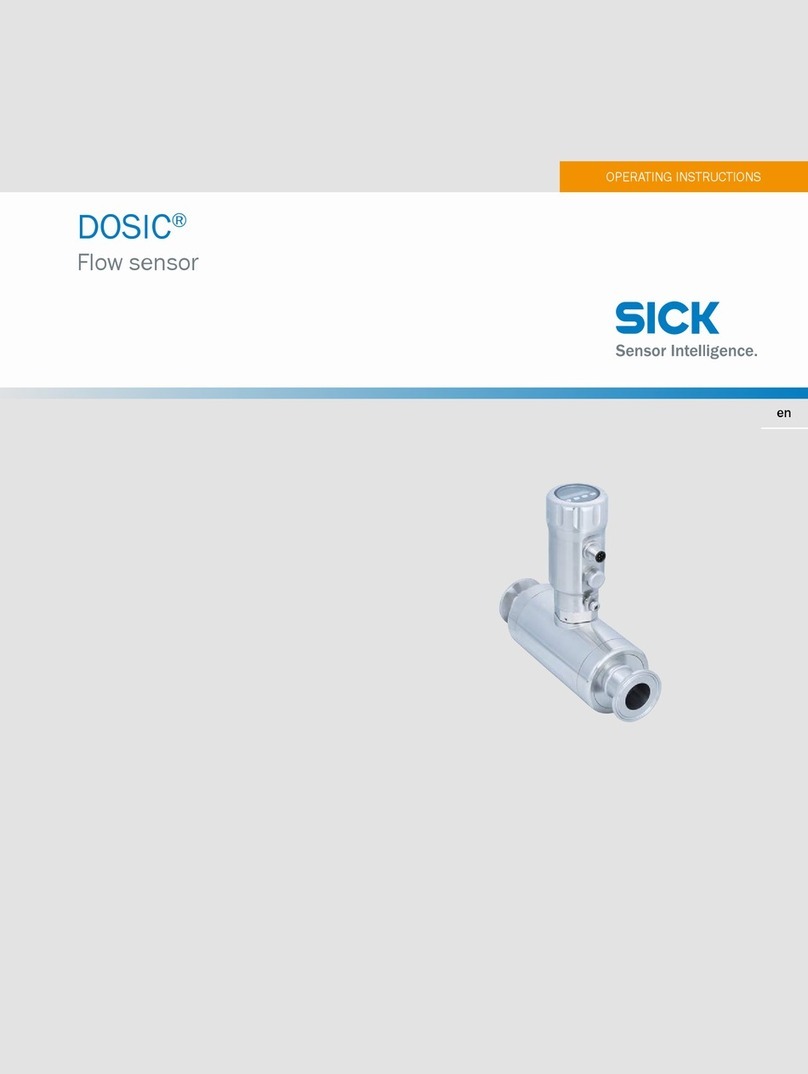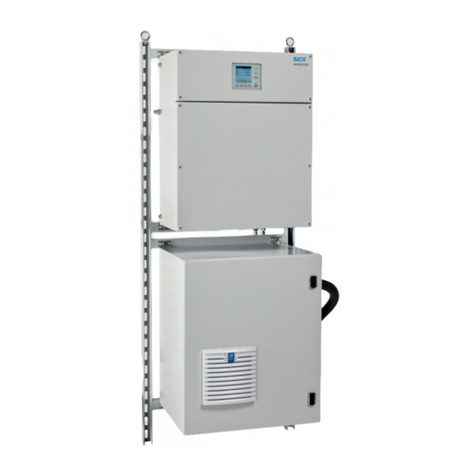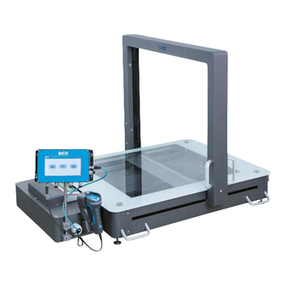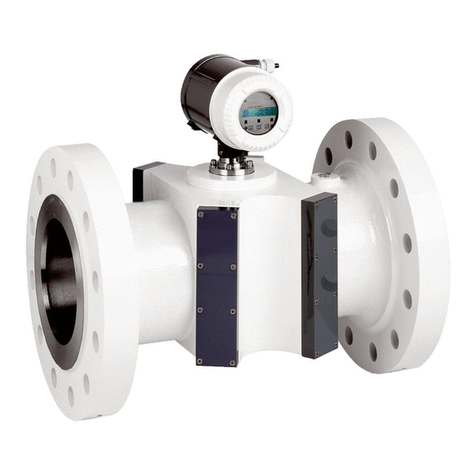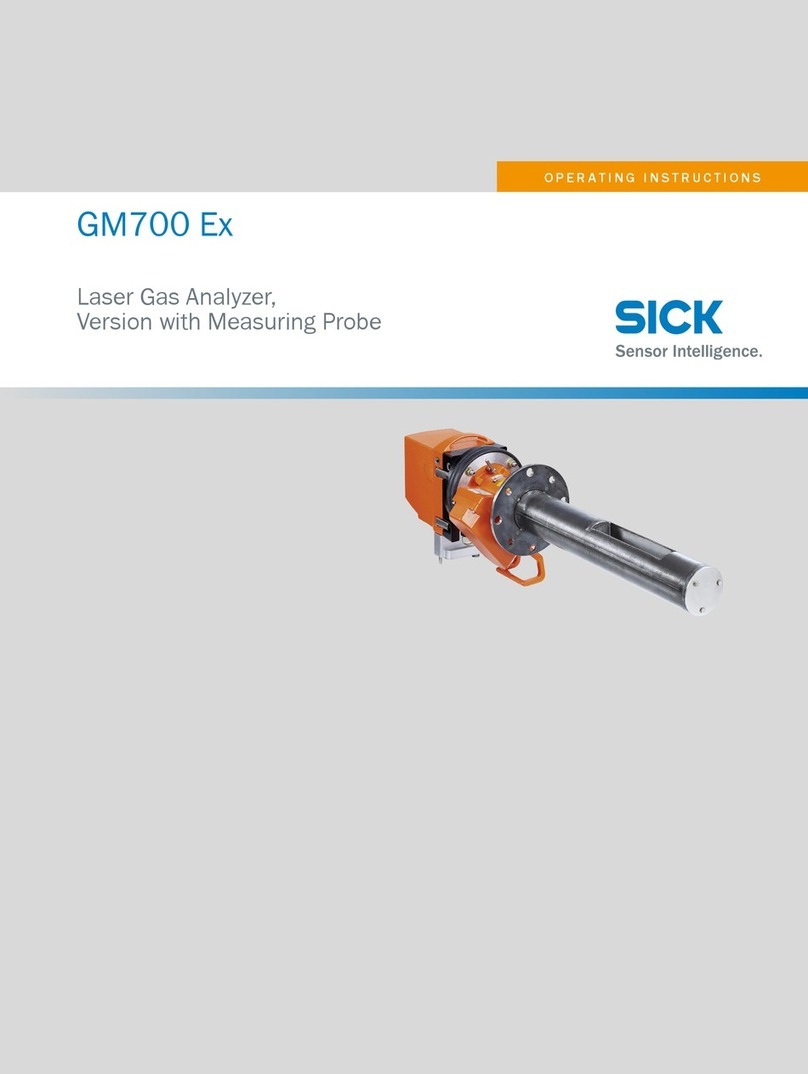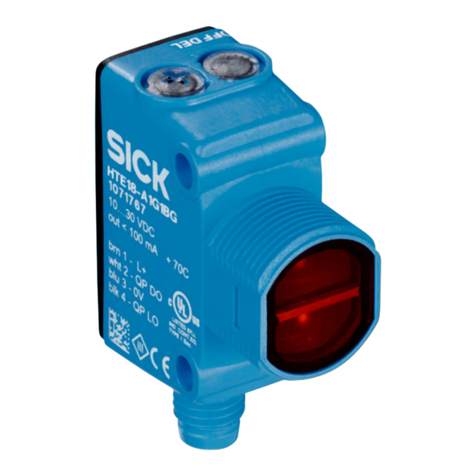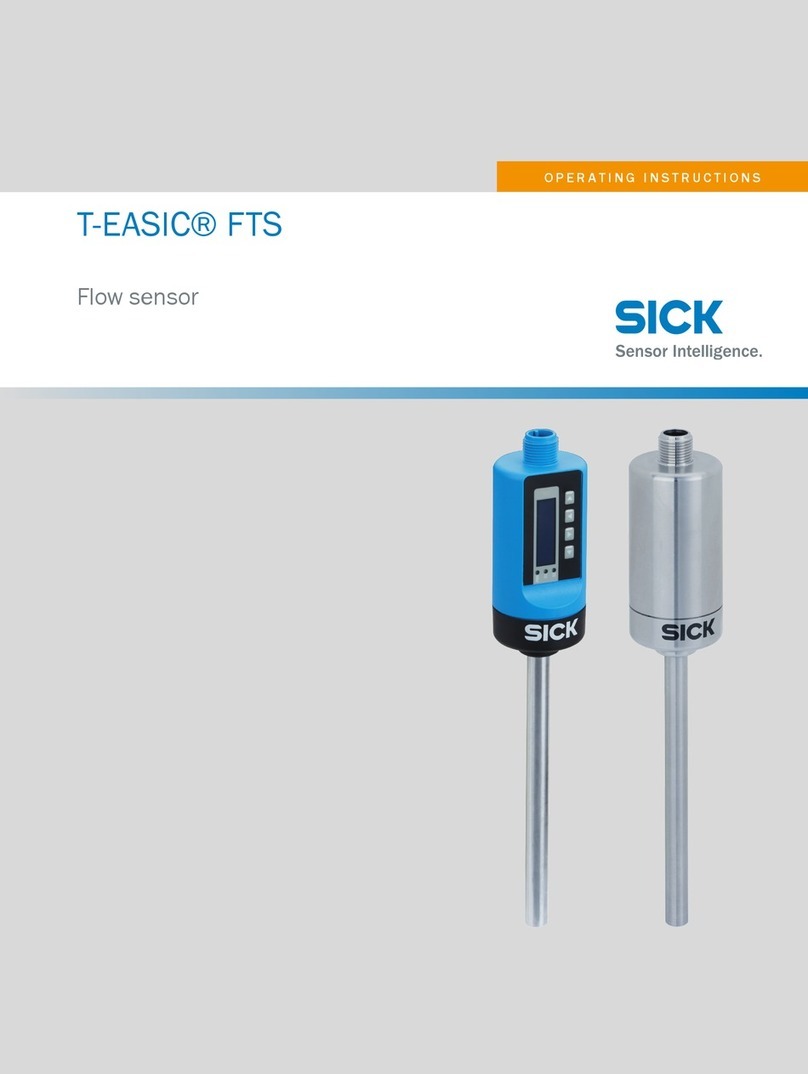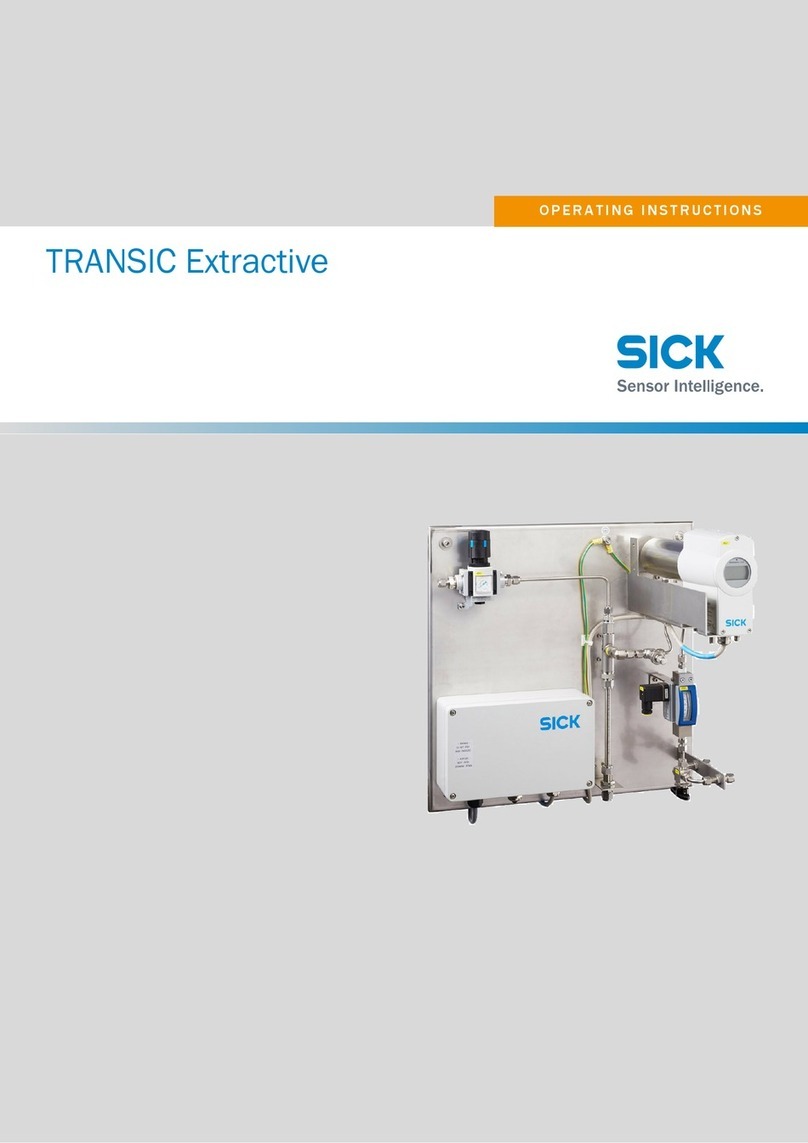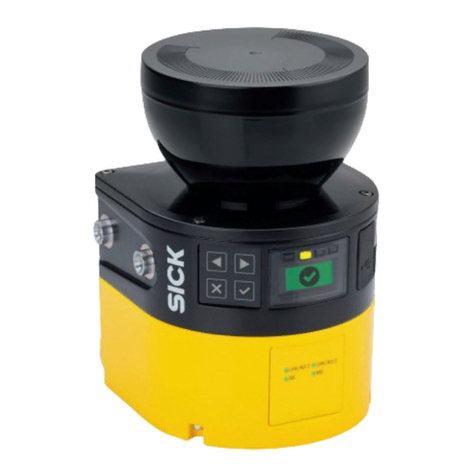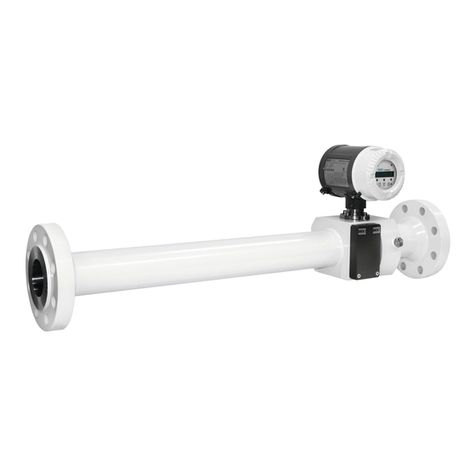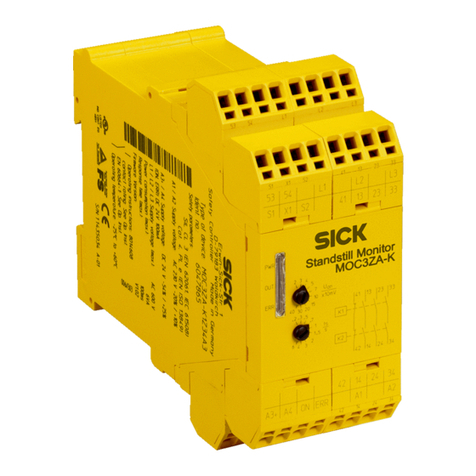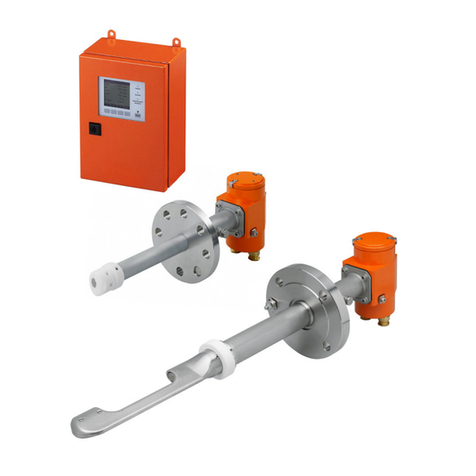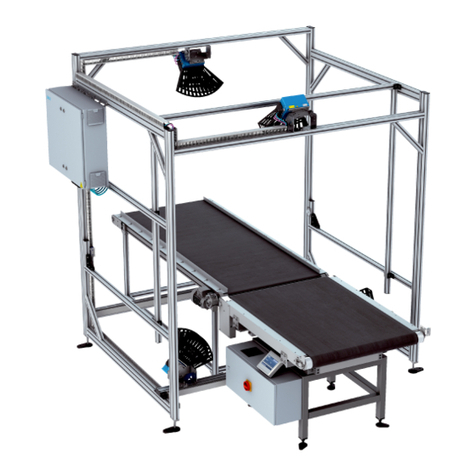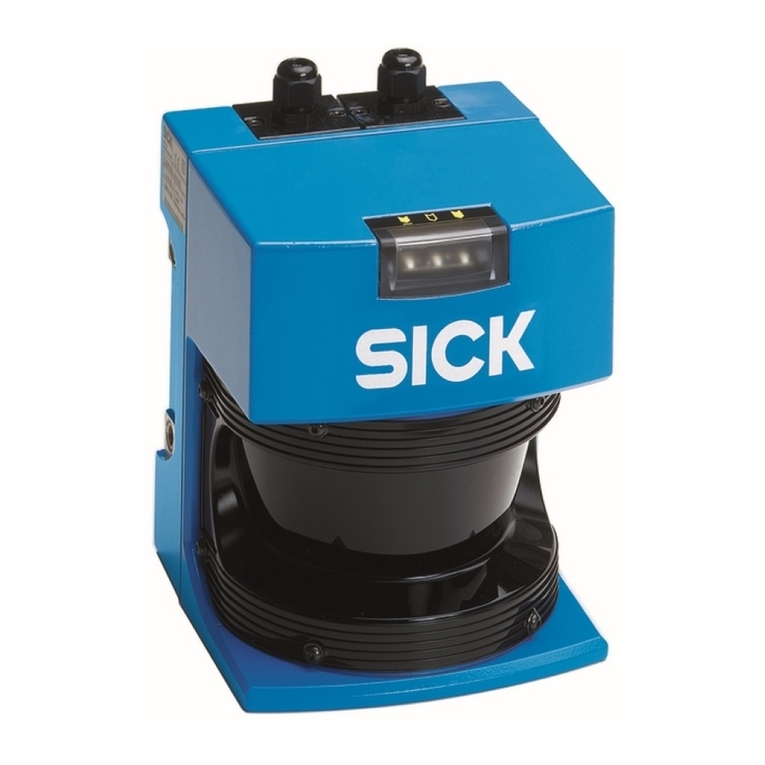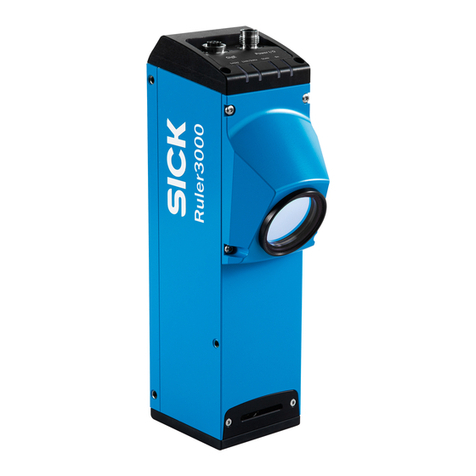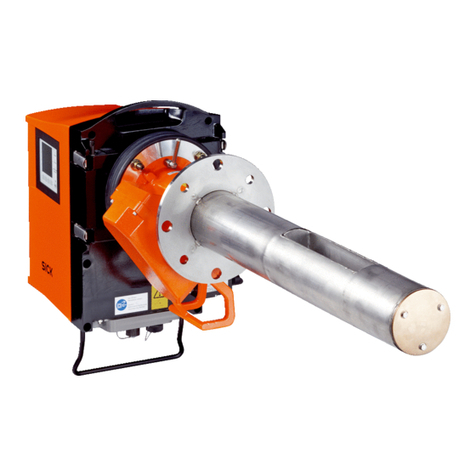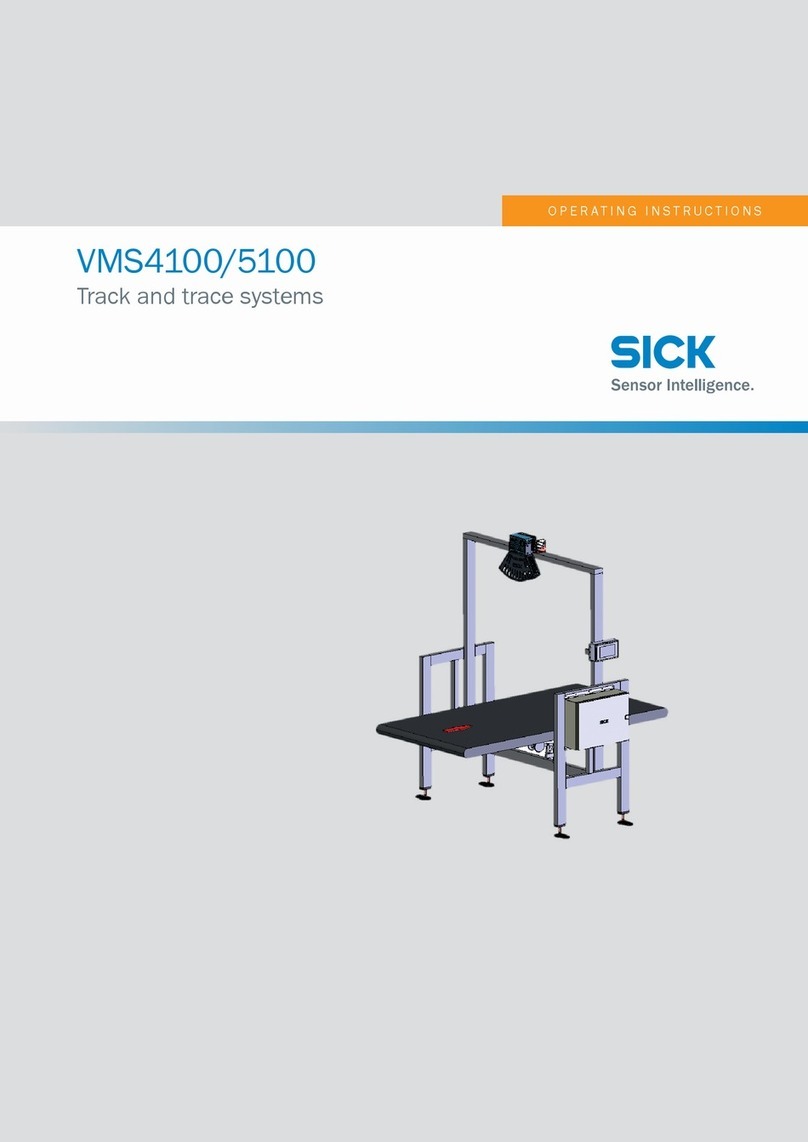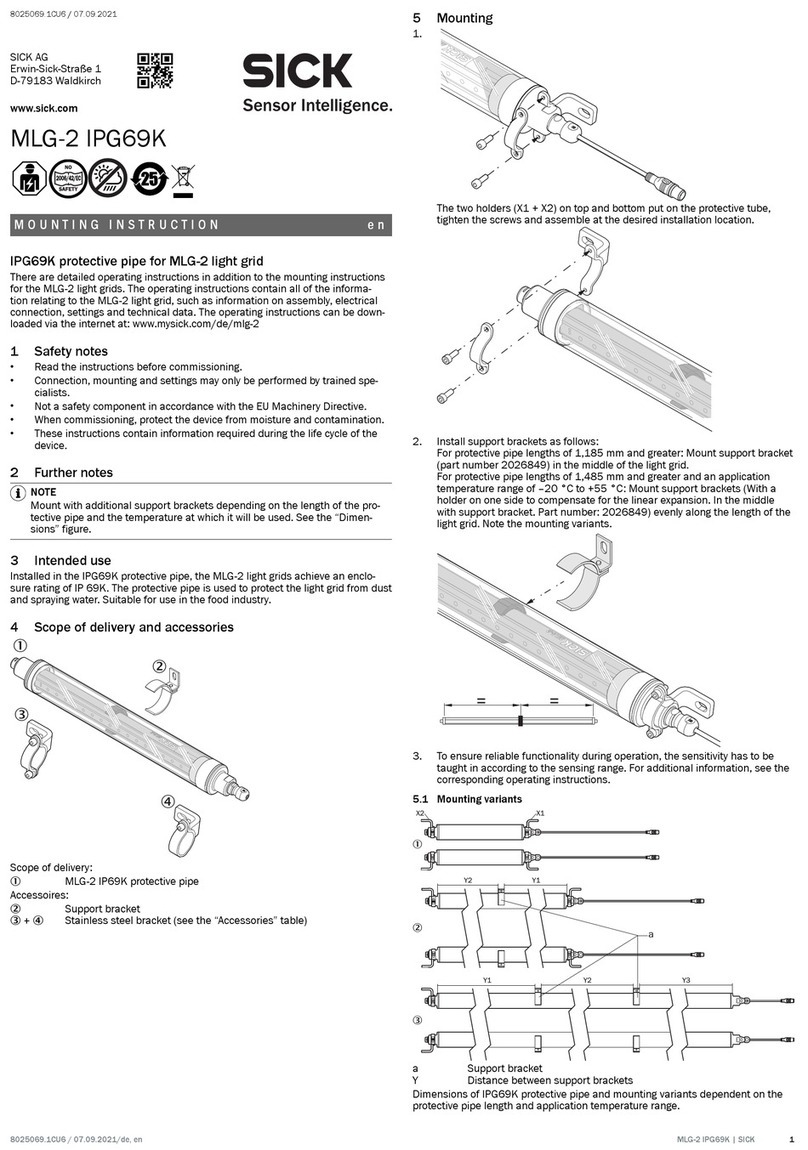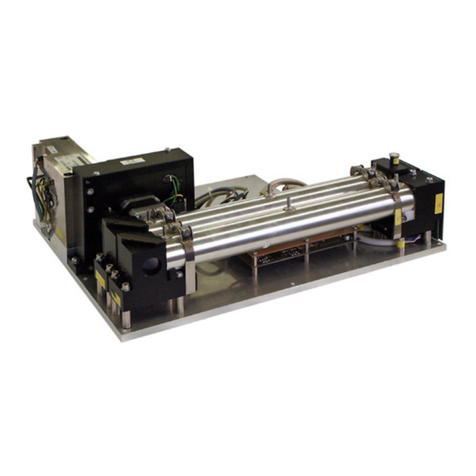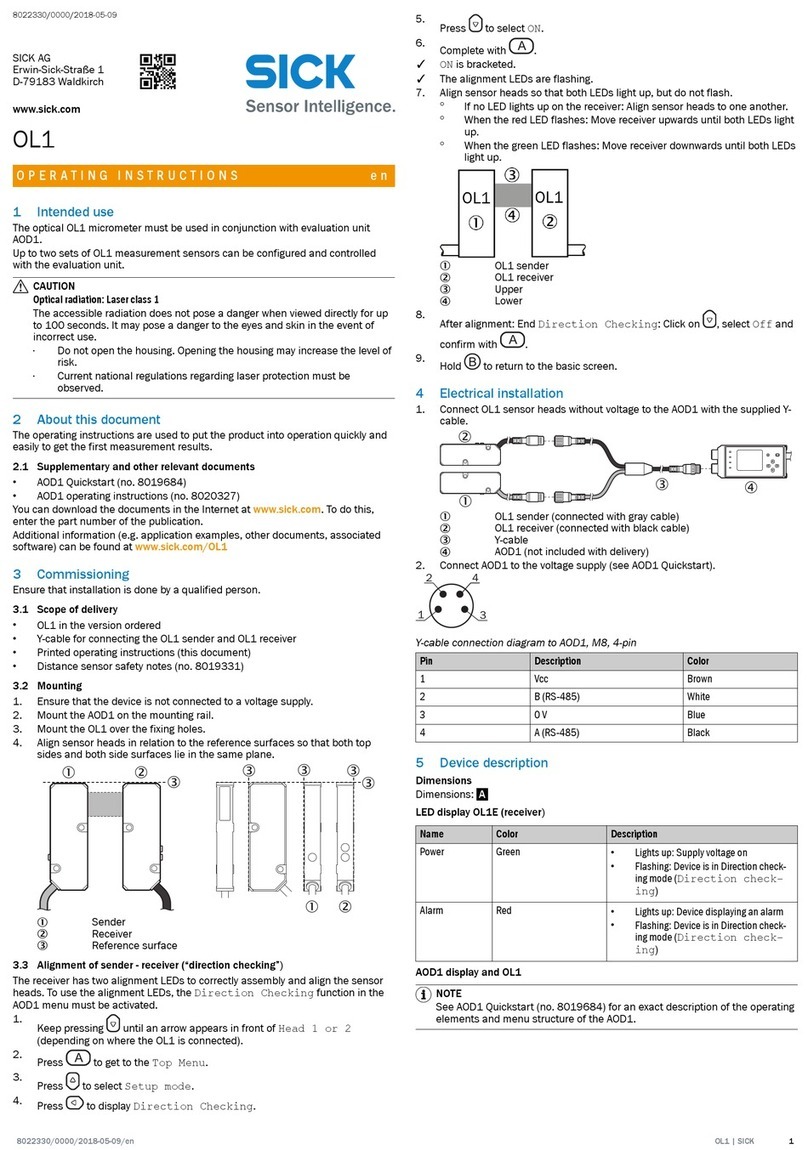
Operating Instructions
RFH620 Interrogator
Contents
8013105/0000/2009-05-12 ©SICK AG · Division Auto Ident · Germany · All rights reserved 3
Table of contents
Figures and Tables............................................................................................................ 5
Abbreviations used ........................................................................................... 5
Tables................................................................................................................. 7
Figures ............................................................................................................... 8
1 Notes on this document................................................................................................... 9
1.1 Purpose of this document ................................................................................ 9
1.2 Target group ...................................................................................................... 9
1.3 Depth of information......................................................................................... 9
1.4 Used symbols ..................................................................................................10
2 For your safety.................................................................................................................11
2.1 Authorised users .............................................................................................11
2.2 Intended use ...................................................................................................12
2.3 General safety precautions and protection measures .................................13
2.4 Quick stop and quick restart ..........................................................................14
2.5 Environmental information.............................................................................14
3 Quick-Start .......................................................................................................................15
3.1 Preparing the interrogator for the quick start ...............................................15
3.2 Establishing connection with the interrogator ..............................................15
3.3 Performing the reading...................................................................................16
4 Product description.........................................................................................................19
4.1 Device versions ...............................................................................................19
4.2 Mounting and mode of operation of the interrogator...................................19
4.3 Scope of delivery.............................................................................................22
4.4 System requirements......................................................................................22
4.5 Product features and functions (overview) ...................................................22
4.6 Functions of the interrogator..........................................................................24
4.7 Control elements and indicators....................................................................27
5 Installation .......................................................................................................................31
5.1 Overview of installation sequence.................................................................31
5.2 Installation preparations ................................................................................31
5.3 Installation location ........................................................................................33
5.4 Installation of the interrogator .......................................................................33
5.5 Installing external components......................................................................33
5.6 Dismantling the interrogator ..........................................................................34
6 Electrical installation ......................................................................................................35
6.1 Overview of installation sequence.................................................................35
6.2 Electrical installation preparations ................................................................35
6.3 Electric connections and cables ....................................................................36
6.4 Performing electrical installation ...................................................................39
6.5 Pin assignment and wire colours of the assembled cables.........................45
7 Commissioning and configuration ...............................................................................49
7.1 Overview of the start-up procedure ...............................................................49
7.2 SOPAS-ET configuration software ..................................................................49
7.3 Establishing communication with the interrogator.......................................50
7.4 Initial commissioning ......................................................................................52
7.5 Default setting.................................................................................................55
8 Maintenance ....................................................................................................................57
8.1 Maintenance during operation.......................................................................57
8.2 Cleaning the housing ......................................................................................57
8.3 Checking the incremental encoder................................................................57
8.4 Replacing an interrogator...............................................................................57
9 Troubleshooting...............................................................................................................59
9.1 Overview of errors and malfunctions which could occur..............................59
9.2 Detailed malfunction analysis........................................................................59
9.3 Status protocol ................................................................................................60
9.4 SICK support....................................................................................................60
